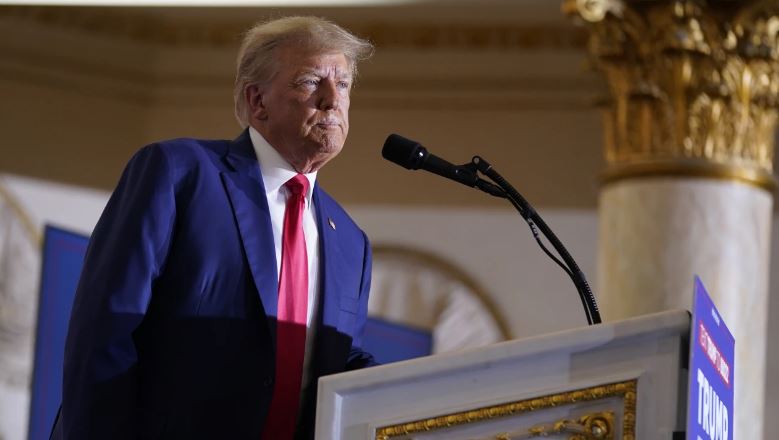Aglobal trade war seems to have been switched on. US President Donald Trump has just done what he had been threatening to do all through his presidential campaign: imposing tariffs on Canada, Mexico and China, his country’s three biggest trading partners. Trump on 1 February announced an economic emergency to impose a 25 per cent tariff on imports from Mexico and Canada and 10 per cent tariff on imports from China. However, energy imports from Canada, such as oil, natural gas, and electricity, would be subject to a 10 per cent tariff. Justifying the tariffs as essential “to protect Americans,” Trump identifies three main reasons behind his action: rampant immigration, the trafficking of fentanyl— a potent synthetic opioid drug for use as an analgesic (pain relief) and anesthetic — allegedly produced and smuggled into the US through these countries, and a significant trade deficit. The POTUS urged the three countries to take stronger action against the production and export of illegal fentanyl, while calling on Canada and Mexico to address illegal immigration into the US. It is pertinent to mention here that China, Mexico, and Canada are the leading contributors to the US trade deficit. China accounts for the largest share at 30.2 per cent, followed by Mexico at 19 per cent and Canada at 14 per cent.
While Canada and Mexico swiftly retaliated with 25 per cent tariff on US imports, China, the world’s second largest economy and America’s main economic adversary, has said that it will challenge the US tariffs by filing lawsuits with the World Trade Organization (WTO). Delivering a televised address on 1 February, outgoing Canadian Prime Minister Justin Trudeau outlined specific retaliatory actions, including a reciprocal 25 per cent tariff that will be gradually implemented on $107 billion worth of American goods. Likewise, Mexican President Claudia Sheinbaum also announced retaliatory tariffs against the US and other measures to protect Mexico’s interests.
The actions of the US president could jeopardize North America’s economy and reverse decades of integration. The introduction of new trade barriers is expected to hinder growth and increase inflation across all three nations in the coming years, with Mexico and Canada facing the most significant impacts.
Also Read: New Wrapping
The “Trump tariffs” also have the potential to destabilise the global economy. Though India, with which the US has 3.2 per cent trade deficit, was excluded from Trump’s tariff target this time, it has to brace for any eventuality in the near future. In this context, India in its annual Budget 2025 presented on 1 February cut import duty on American motorcycles and cars, a move seen by many as a desperate bid to appease Trump.
However, this doesn’t mean India remains insulated from the tariffs. In the past, Trump has announced that the US will implement tariffs on countries that “harm” America, specifically citing China, India, and Brazil as examples of nations with high tariffs. Besides, in order to maintain the dollar’s dominance in global trade, Trump has emphasized the possibility of taking punitive measures, including imposing an unprecedented 100 per cent tariff, on the BRICS countries, which include Brazil, Russia, India, China, and South Africa.
The US refraining from inviting India’s Prime Minister Modi to Trump’s Inauguration could also be a huge indication of his displeasure. With Trump at the helm in the White House, it could be a roller-coaster ride for the global economy during these four years. All countries, including India, are going to be affected by an eccentric and motivated POTUS in some way or the other. Amid an uncertain economic environment characterised by rising inequalities, high cost of living and unending wars, a full-scale global trade war is the last thing the world would want.
